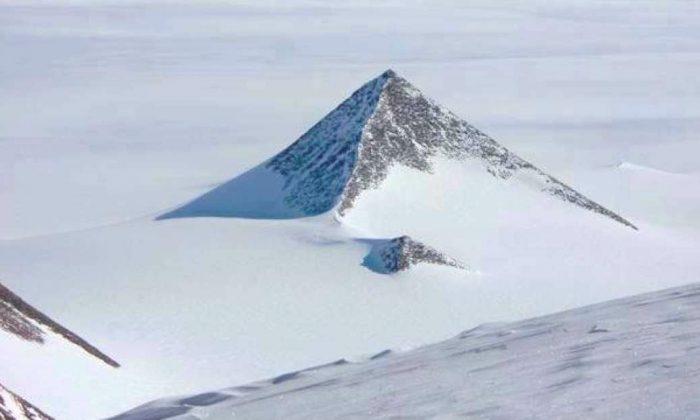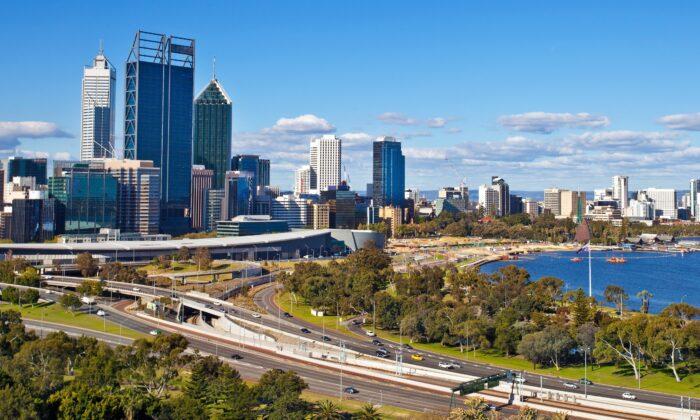Australia will be reinforcing its strategic and scientific capabilities in the south pole while concerns loom of Chinese economic expansion in the region.
The $800 million (US$580 million) boost will raise Australia’s total investment in the region over the next decade to $3 billion.
Australian Prime Minister Scott Morrison highlighted the funding would bring a swathe of new hardware to Antarctica while continuing to support scientific research operations.
A sizable $136.6 million will go towards Australia’s inland traverse capabilities, critical charting activities, mobile stations, and other core activities.
Australia’s Antarctic team will also receive $60.6 million worth of drone fleets and other autonomous vehicles, along with $35 million for four new longer-range helicopters that will allow access to previously unreachable parts of the continent.
“My government will continue to back our world-class scientists and expeditioners with the necessary funding and resources, because their research on the frozen continent and in the southern ocean is critically important to Australia’s future,” Morrison said.
When asked about China’s attempt of dominance in Antarctica, Morrison said Australia would continue to keep the region protected from those who did not have the best interest at heart.
“It is also about ensuring that we protect Antarctica and that we have good knowledge about what’s going on there, and we’re able to push through now, particularly with the airlift capability, the drone capability, and the undersea capability.”
China’s Increasing Assertiveness in Antarctica
The increased investment comes on the back of fears of overstepping by the Chinese Communist Party (CCP) in relation to the internationally recognised Antarctic Treaty System (ATS).However, former senior analyst with the Australian government Claire Young outlined a growing number of attempts by the CCP to exert influence over the ATS and to use Antarctica for its own economic benefit.
“But China wants to benefit economically, and potentially militarily, from Antarctica. It is increasingly assertive in the ATS, primarily over fisheries access, and active on the ice.”
For example, concerns have grown regarding the installation of ground stations in Antarctica for China’s GPS system, Beidou, and that the high-frequency radar equipment could be used to jam U.S. satellites—although Young noted that this was unlikely.
Young also pointed to China’s access to technologies through joint projects with Western nations.
Australia’s own government funded scientific research agency, CSIRO, terminated a five-year Antarctic research collaboration with China’s Qingdao National Marine Laboratory following concerns of risks to national security.
Young suggested Australia should solidify its support for the ATS while increasing the substance and profile of its Antarctic activities.
“Australia should front load its support for the ATS, increasing both the substance and profile of our Antarctic activities,” she said.
“Canberra should monitor Chinese activities in Antarctica and the ATS and step up its maritime awareness of the Southern Ocean, but refrain from geostrategic panic,” Young added.





